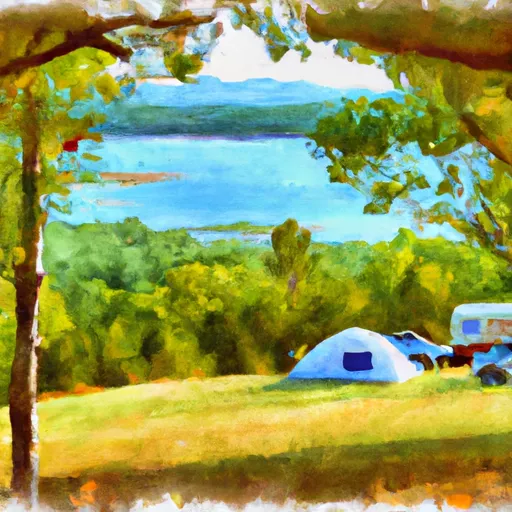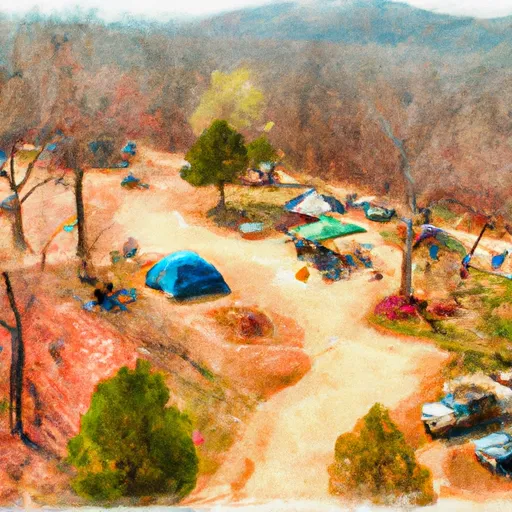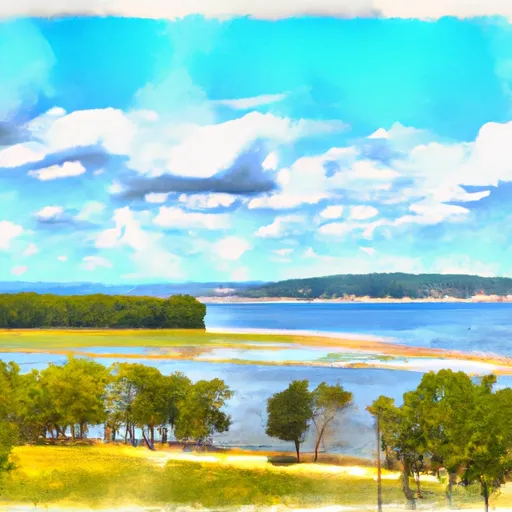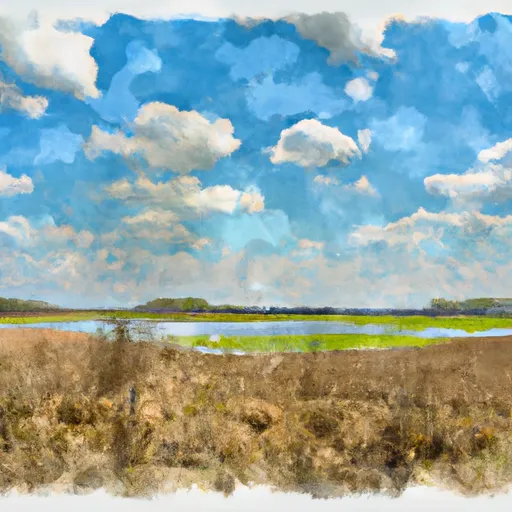Summary
It experiences a humid subtropical climate, characterized by hot and humid summers and mild winters. The average high temperature in summer is around 90°F (32°C), while in winter, the average low temperature drops to around 31°F (-1°C). The area receives about 50 inches of rainfall annually.
Situated on the Arkansas River, Russellville benefits from its hydrological resources. The river provides opportunities for various water-based activities such as fishing, boating, and kayaking. Lake Dardanelle, a nearby reservoir, offers additional recreational opportunities, including swimming, camping, and bird-watching.
Outdoor enthusiasts can explore the nearby Ozark National Forest, which provides hiking trails, scenic overlooks, and camping facilities. The nearby Mount Nebo State Park also offers breathtaking views, hiking trails, and picnic areas. Additionally, Lake Dardanelle State Park, located adjacent to the city, provides opportunities for camping, fishing, and boating.
In summary, Russellville, Arkansas, offers a humid subtropical climate, access to the Arkansas River and Lake Dardanelle for various water activities, and proximity to the Ozark National Forest and Mount Nebo State Park for outdoor recreation opportunities.
Weather Forecast
Russellville receives approximately 1249mm of rain per year, with humidity levels near 89% and air temperatures averaging around 16°C. Russellville has a plant hardyness factor of 7, meaning plants and agriculture in this region tend to thrive during the non-winter months.
Area Campgrounds
| Location | Reservations | Toilets |
|---|---|---|
 Riverview - Lake Dardanelle
Riverview - Lake Dardanelle
|
||
 Lake Dardanelle State Park
Lake Dardanelle State Park
|
||
 Mount Nebo State Park
Mount Nebo State Park
|

 M J Hickey Park
M J Hickey Park
 Lake Dardanelle State Park
Lake Dardanelle State Park
 Mount Nebo State Park
Mount Nebo State Park
 Galla Creek Wildlife Management Area
Galla Creek Wildlife Management Area
 Holla Bend National Wildlife Refuge
Holla Bend National Wildlife Refuge